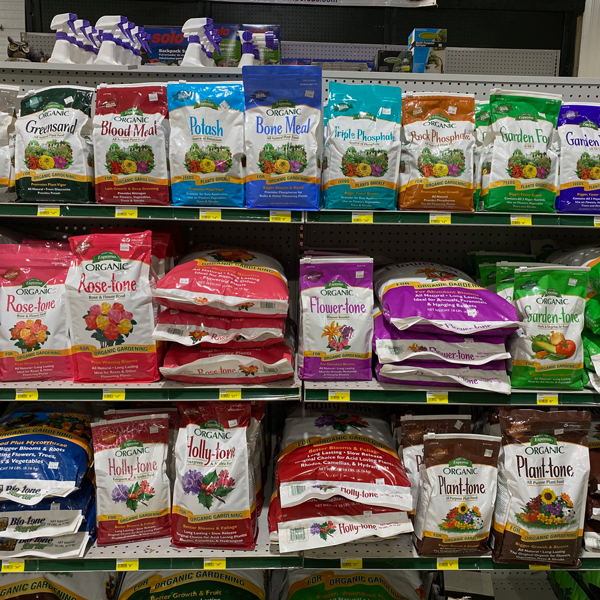While most people understand the need to fertilize lawns in the fall, very few understand the why, when, or how much of caring for woody plants in the home landscape. Actually, on this subject there is a fair amount of disagreement among the “experts”.
Some horticulturists firmly believe that healthy, established woody plants should be fertilized, at most, every three years. Others are firm proponents of annual fertilization in order to keep plants growing vigorously and in healthy condition. The rest of us tend to respond to symptomology, that being plants with yellowing leaves, chlorosis, undersize leaves, weak growth, die-back, wilting foliage, or any other negative.
The first step is to determine whether plant growth problems are, in fact, related to nutrient deficiency, or have some other cause. Since there are a myriad of cultural conditions that create deficiency-like symptoms in plants we would need to make a thorough check, looking for signs of soil compaction, poor aeration, lack of or excessive soil moisture, and poor drainage. We would also need to check soil pH and inspect for insect damage or disease.
Finally, it would be important to recognize that extreme growing conditions (unseasonable cold, heat, lack of sun) create stressful situations for plants, that then produce atypical growth). After eliminating these factors we can determine whether our plants will actually benefit from a program of fertilization. And at this point soil testing for fertility might actually make sense.
So why Fall? Fall fertilization makes sense if we consider some of the basic concepts and understand how and when plants convert nutrients into the energy needed to sustain growth. Most complete fertilizers that are marketed today (particularly if they are “organic”) have their greatest effect 3-4 weeks after application. The roots of woody plants continue to absorb nutrients at soil temperatures above 40 degrees F., making a good argument for fall feeding. Root growth is most active in the fall and late spring, slowing or reversing in late summer heat and drought.
The standard recommendation for New England has always been to apply synthetic fertilizers for woody plants before July 15, or after leaf drop in late October. UMass extension recently updated these recommendations as follows:
- To maximize root development apply fertilizer to woody plants in late August through September, or in early spring prior to new growth.
- Woody plants growing in rich soils should be fertilized every 3-4 years.
- Fertilize plants in poor soils or on disturbed sites every year.
- Fertilize plants showing nutrient deficiencies as needed, or when soil testing shows soils are lacking specific nutrients.
- Fertilize newly planted woody plants the following spring.
The amount of fertilizer applied would depend on the size , age, and rate of growth for the specific species of plant. There are also individual site considerations such as soil type, organic matter component, root competition, etc., all of which can affect nutrient availability. As a very general guideline, beds are normally fertilized at a rate of 20-30 lbs. of a 5-10-5/ 1,000 sq. ft. Trees are fertilized with 1 lb. 8-8-8 per inch of caliper dbh, or 1 pound of actual elemental nitrogen per 1,000 square feet of canopy.








